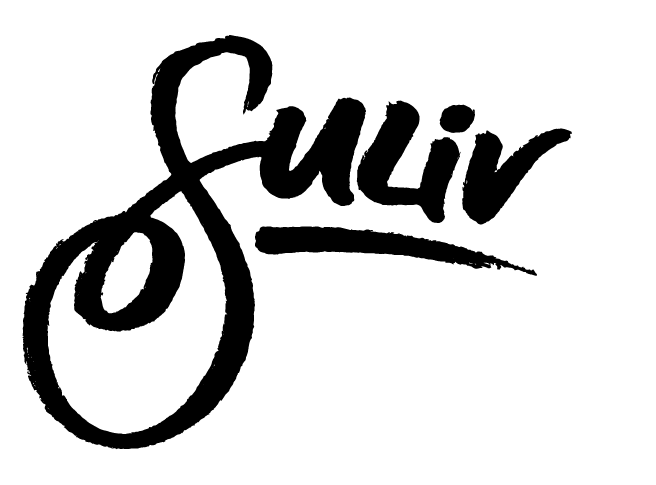

Fast fashion is the approach to designing, creating, and producing products based on fast moving trends and cheap prices (such as H&M and Zara). These brands have perfected bringing runway knockoffs to stores at affordable prices. While cheap and trendy, fast fashion is dangerous because it results in overproduction, waste, environmental degradation, and the overworking of factory makers.
Slow fashion is the opposite of fast fashion, a deliberate choice from consumers to slow down their consumption, and buy less, while investing in high quality pieces that last longer. It is the ethos of “buying fewer better things”, embracing individual style rather than chasing trends.
This term usually means eco-friendly practices in the fashion industry, referencing the approach of designing, producing and consuming clothes that respect the planet by causing little to no damage, and therefore sustaining the environment. It also refers to the practice of recycling and reusing the product to extend its life.
The term ‘ethical’ usually refers to the people aspect of the manufacturing process. Many fashion brands simply define ethical production as adhering to local labor laws. Sometines, this is not good enough because our clothes are often made in places where labor laws are weak and enforcement is even weaker. Instead of asking, “Is this product doing no harm to the people who made it,” reframe the question to ask, “Is this product leaving the people who make it better off?”. Ethical means brands committed to treating their makers with fairness, respect, and care.
Organic products are those produced without the use of chemical fertilizers, pesticides, or other artificial chemicals. The term ‘organic’ generally has a positive context, but just because a product is organic does not make it ethical. For example organic cotton could have still be picked by a child. Organic also doesn’t account for added toxins (such as dyes) that maybe used later in the production process, that has negative health impacts on both makers and consumers.
According to Fairtrade International, the Fairtrade Standards are designed to address the imbalance of power and injustices in trading relationships. Fair Trade provides an alternative to conventional trade, with fair trade products charging a premium to consumers so that producers (such as farmers) can earn a better living. While fair trade is a step in the right direction, it is not the same as living wages, which is what people would need to make to actually live with dignity. Moreover fair trade in fashion is more complicated than food because the fashion supply chain is more fragmented. For example the cotton in a fashion product maybe fair trade, but the factories where the clothes are cut and stitched may not. Gets confusing pretty quickly right?
A living wage is a fair salary or compensation that allows makers to make a decent salary and not remain trapped in poverty. The Asia Floor Wage calculates living wages based on some common factors including: the number of family members being supported, the nutritional needs of a maker and their dependents, and their other basic needs including housing and education.